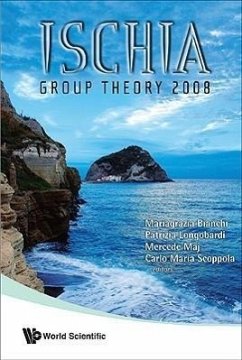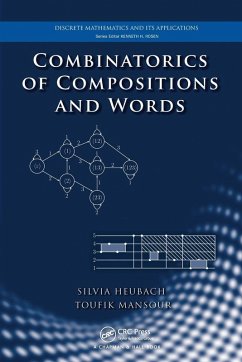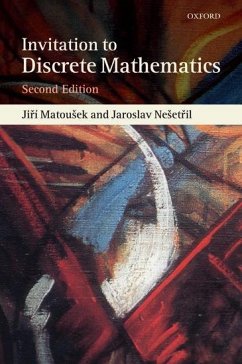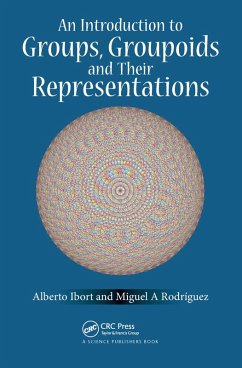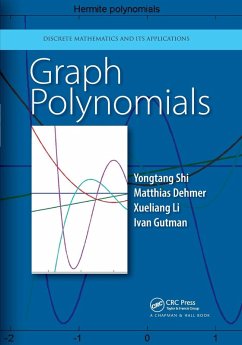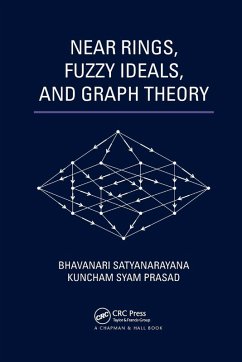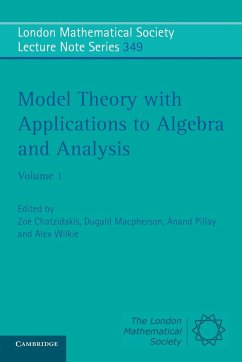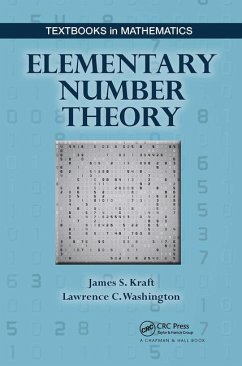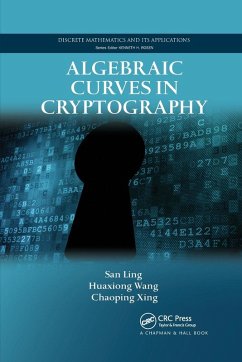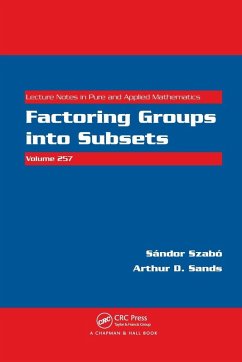
A Group Theoretic Tabu Search Approach to the Traveling Salesman Problem
Versandkostenfrei!
Versandfertig in über 4 Wochen
17,99 €
inkl. MwSt.
Weitere Ausgaben:

PAYBACK Punkte
9 °P sammeln!
The traveling salesman problem (TSP) is a combinatorial optimization problem that is mathematically modeled as a binary integer program. The TSP is a very important problem for the operations research academician and practitioner. This research demonstrates a Group Theoretic Tabu Search (GTTS) Java algorithm for the TSP. The tabu search metaheuristic continuously finds near-optimal solutions to the TSP under various different implementations. Algebraic group theory offers a more formal mathematical setting to study the TSP providing a theoretical foundation for describing tabu search. Specific...
The traveling salesman problem (TSP) is a combinatorial optimization problem that is mathematically modeled as a binary integer program. The TSP is a very important problem for the operations research academician and practitioner. This research demonstrates a Group Theoretic Tabu Search (GTTS) Java algorithm for the TSP. The tabu search metaheuristic continuously finds near-optimal solutions to the TSP under various different implementations. Algebraic group theory offers a more formal mathematical setting to study the TSP providing a theoretical foundation for describing tabu search. Specifically, this thesis uses the Symmetric Group on n letters, Sn, which is the set of all n! permutations on n letters whose binary operation is permutation multiplication, to describe the TSP solution space. Thus, the TSP is studied as a permutation problem rather than an integer program by applying the principles of group theory to define the tabu search move and neighborhood structure. The group theoretic concept of conjugation (an operation involving two group elements) simplifies the move definition as well as the intensification and diversification strategies. Conjugation in GTTS diversifies the search by allowing large rearrangement moves within a tour in a single move operation. Empirical results are presented along with the theoretical motivations for the research. This work has been selected by scholars as being culturally important, and is part of the knowledge base of civilization as we know it. This work was reproduced from the original artifact, and remains as true to the original work as possible. Therefore, you will see the original copyright references, library stamps (as most of these works have been housed in our most important libraries around the world), and other notations in the work. This work is in the public domain in the United States of America, and possibly other nations. Within the United States, you may freely copy and distribute this work, as no entity (individual or corporate) has a copyright on the body of the work. As a reproduction of a historical artifact, this work may contain missing or blurred pages, poor pictures, errant marks, etc. Scholars believe, and we concur, that this work is important enough to be preserved, reproduced, and made generally available to the public. We appreciate your support of the preservation process, and thank you for being an important part of keeping this knowledge alive and relevant.



